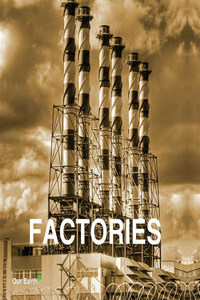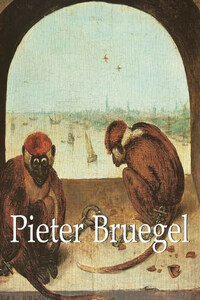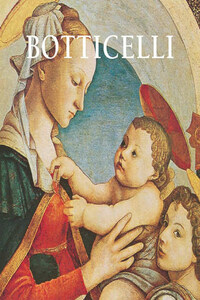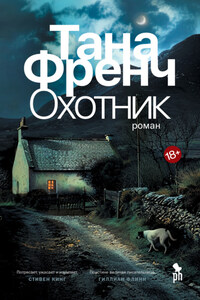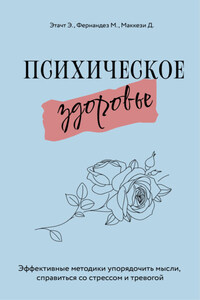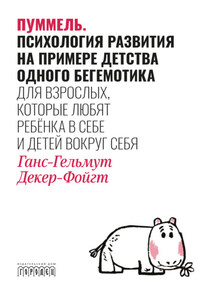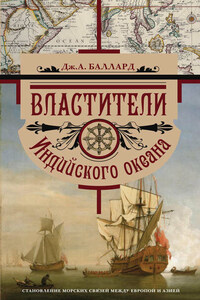Gustav Klimt, The Kiss, 1907–1908.
Oil, silver and gold on canvas, 180 × 180 cm.
Österreichische Galerie Belvedere, Vienna.
After Vienna, Austria’s second-biggest city is Graz, and it holds a position on UNESCO’s list of ‘Cities of Design’.
One of the cultural attractions that Graz has to offer is the site of the region’s provincial armoury. This is of cultural interest as it has been standing since the mid-16th century, and, with over 32,000 pieces, has one of the best preserved (and largest) collections of Baroque armaments in the world.
The “Old Town” of Graz is perhaps one of the better-preserved city centres in Europe, which may be a reflection of its listing as a UNESCO World Cultural Heritage Site (1999). 2010 saw this site extend to include Schloss Eggenberg. Further accolades include possession of the 2003 title of European Capital of Culture, and the title of City of Culinary Delights in 2008.
Alte Galerie, Schloss Eggenberg, Universalmuseum Joanneum
In Southeast Austria, the most noteworthy Baroque Palace to be found is Schloss Eggenberg. It is this formidable building which plays host to the Alte Galerie, and is considered to be foremost of the most valuable Austrian cultural assets. The decision to add Schloss Eggenberg as an extension to the listing of “Old Town” Graz as a UNESCO World Cultural Heritage Site (2010) was as recognition of its significance to Austrian cultural history.
Schloss Eggenberg is located to the west of Graz, in the Austrian state of Styria. Within the palace grounds and buildings the Planetary Garden, the Archaeological Museum, the Numismatic collection, and the collection of the Alte Galerie can be found.
The collection of the Alte Galerie covers five centuries of European art, from old masters from the Middle Ages to the end of the 18th century. Works from the Renaissance, Mannerism era, and the late Baroque are showcased in the early modern period section of the show collection. In addition, the collection includes numerous hand drawings and print graphics from 1500 until the end of the 1700s.
Contact details:
Website:
http://museum-joanneum.at/en/alte_galerie/alte-galerie-1
Contact: [email protected]
Tel.: +43 (0) 316 8017 9770
Address:
Alte Galerie, Schloss Eggenberg
Eggenberger Allee 90
8020 Graz
Opening hours:
April-October:
Wednesday-Sunday: 10 am-5 pm
November-December:
Wednesday-Sunday: 10 am-4 pm
Closed from January-March
Pieter Brueghel the Younger, The Kermesse of St George, after 1616.
Alte Galerie, Schloss Eggenberg, Universalmuseum Joanneum, Graz.
Neue Galerie Graz, Universalmuseum Joanneum
Egon Schiele, Edge of Town (Krumau Town Crescent III), 1917–1918.
Oil on canvas, 109.5 × 139.5 cm. Neue Galerie Graz, Universalmuseum Joanneum, Graz.
In 1941 the Provincial Art Gallery (established 1811) was divided into the Alte Galerie and the Neue Galerie Graz. The Alte Galerie encompasses medieval art to the Baroque of the 1800s. The Neue Galerie Graz consists of work done by artists of the Neo-classicist, Romantic, Realist, and Modern Art genres.
The Neue Galerie Graz features a large body of work by numerous Austrian artists focusing on the pedagogic art genre of the 19th and 20th centuries. The procurement of contemporary art is an additional focus of the gallery, as can be seen in the extensive collected works which include 40,000 graphics, photographs, films, and videos. Rivalling its competitors, the Neue Galerie Graz has also become a popular venue for contemporary artists with an assortment of temporary exhibitions.
Austrian artist Gunter Brus has achieved special notoriety in his place amongst the Neue Galerie Graz acquisitions due to the shock-factor of many of his pieces. Brus’s permanent exhibition space in the gallery, the ‘Bruseum’, comes with a parental advisory warning as many of the works are considered to be disturbing.
Contact details:
Website:
http://www.museum-joanneum.at/en/neue_galerie
Contact: [email protected]
Tel.: +43 (0) 316 8017 9100
Address:
Neue Galerie Graz
Joanneumsviertel
8010 Graz
Opening hours:
Tuesday-Sunday: 10 am-5 pm
Closed on Mondays
Austria’s third-largest city is Linz, situated in the central north of Austria, on both sides of the Danube, around 30 km south of the Czech border.
The settlement of the city dates back to the Romans, who first gave it the Latin name of Lentia. Today, the city of Linz is a culturally vibrant destination; featuring the likes of the Linz Fest, the international street art festival known as Pflasterspektakel, and the Ars Elektronika Festival.
As well as hosting several art galleries, including the Lentos Kunstmuseum, Linz is also home to the Brucknerhaus, the most significant concert venue in the city. Linz has had musical connections well before the construction of the concert hall (1974), as in the late 1700s Mozart wrote his Symphony No. 36 at Linz, and it has since become known as the

